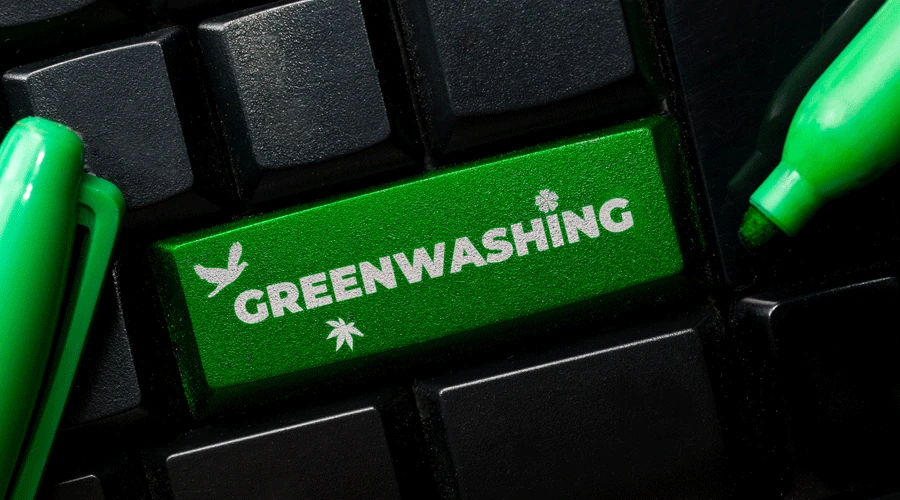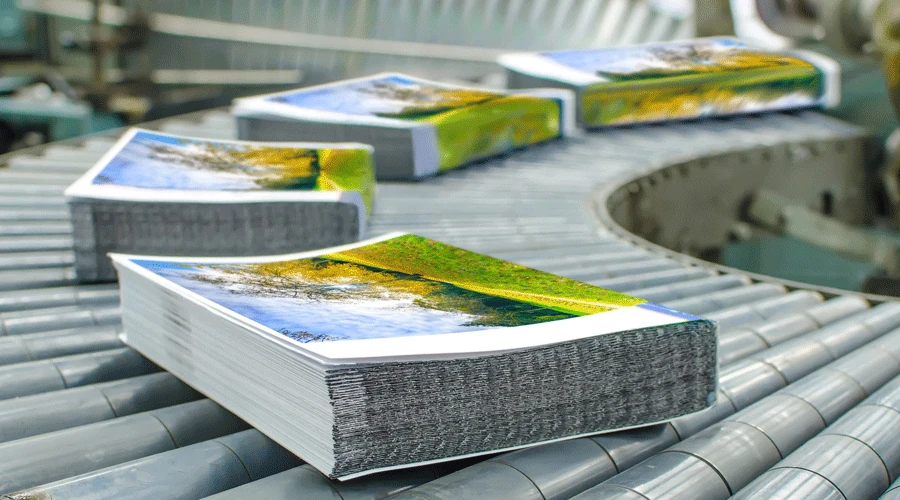Isn’t zero carbon a fantasy?

Here’s why the journey to zero carbon is so important
Firstly, brands are committing to zero carbon. As part of this, they are beginning to implement reductions in their supply chain, otherwise known as Scope 3 emissions. This means that all products created for these clients by the printing industry will need to have an accurate carbon lifecycle measurement. And printing companies will have to show how they are continually reducing the carbon lifecycle of what they are producing.
Secondly, legislation will come that forces companies to commit to zero carbon. In the UK, large companies must already report on the carbon emissions of their buildings and vehicles. It can only be a matter of time before the government follows the example of the US and demands that companies report on the emissions of their entire supply chain.
And, finally, it is the right thing to do. NASA reports that 2022 was the fifth warmest year on record, with 2020 being the joint warmest year. Climate change is happening. The only way to avoid the worst effects of climate change such as nature collapse is to make rapid progress towards zero carbon.
There are three areas where, along with all manufacturing sectors, the printing industry must take action. The first one is about persuading others that they should also take action.
Carbon reduction must take place throughout the entire supply chain
There is little point in making changes to your own emissions if your supply chain isn’t also working towards zero carbon. Your supply chain often accounts for more than 80-90% of your total carbon emissions.
In the printing industry, some moves are being made towards reducing emissions further up the supply chain. Many press manufacturers are creating presses which use less energy and create less paper wastage. Some manufacturers are also trying to create a more circular economy with parts for presses, such as reusable ink cartridges.
However, not all the news is good. Modern digital presses are unlikely to have as low a carbon lifecycle as traditional litho presses. Their lifespan is not as long. And the largest carbon driver in the construction of a press is actually the electronic components.
Despite promises of paper manufacturers to lower carbon emissions, there is also a tendency to carbon balance paper which, as we have already shown, does not actually reduce carbon emissions and is at risk of being no more than a form of greenwashing.
Nevertheless, it is important to keep pressure on supply chains and to ensure that they are accurately measuring and reporting on their emissions. In addition, all suppliers should be committed to reducing their actual carbon emissions and the carbon lifecycle of their products without relying purely on offsetting. This responsibility is equally important for your own company. So what is the best way to start carbon reductions?
Your factory can be a quick win for carbon reduction
- These days, zero carbon is easy to achieve for buildings by eliminating fossil fuels. Simple projects to reduce carbon footprint include:
- Switching to renewable electricity, including generating your own
- LED lighting
- Harnessing excess heat from production machinery to heat office and warehousing space
- Managing heating temperatures and zones
- Waste management
Getting you to Net-Zero quicker with real science
We’re here to help you achieve your Net-Zero ambitions
Product lifecycle is an important part of the equation
Show your clients what you have achieved and what you plan to achieve
Many sustainability claims from printing companies promise nothing
It is time to take action
The most important action point is to start now! Here are three easy action points that you can implement quickly:
- Create a zero carbon champion. Make sure there is someone within your organisation who can drive your journey to zero carbon. This does not have to be a full-time role. But they should have the responsibility to drive progress towards your carbon reduction targets.
- Start with easy wins with a good payback. There are usually plenty of actions that can be made within a factory that can make a quick carbon reduction.
- Engage your supply chain now. They must understand your aims and work in partnership with you towards them. It is also important that they understand that they must play their part in this or lose the opportunity to work with you.
Make fantasy reality
Remember, zero carbon in your supply chain is a long way off. But it is achievable, especially within your own facility. However, it is only achievable if the journey starts now. The good news is that the printing companies is starting to embrace it. In the BPIF’s Printing Outlook survey for Q4 2022 two of the three top areas for investment were energy reduction and Net Zero initiatives. Many in the printing industry have already started their journey.


